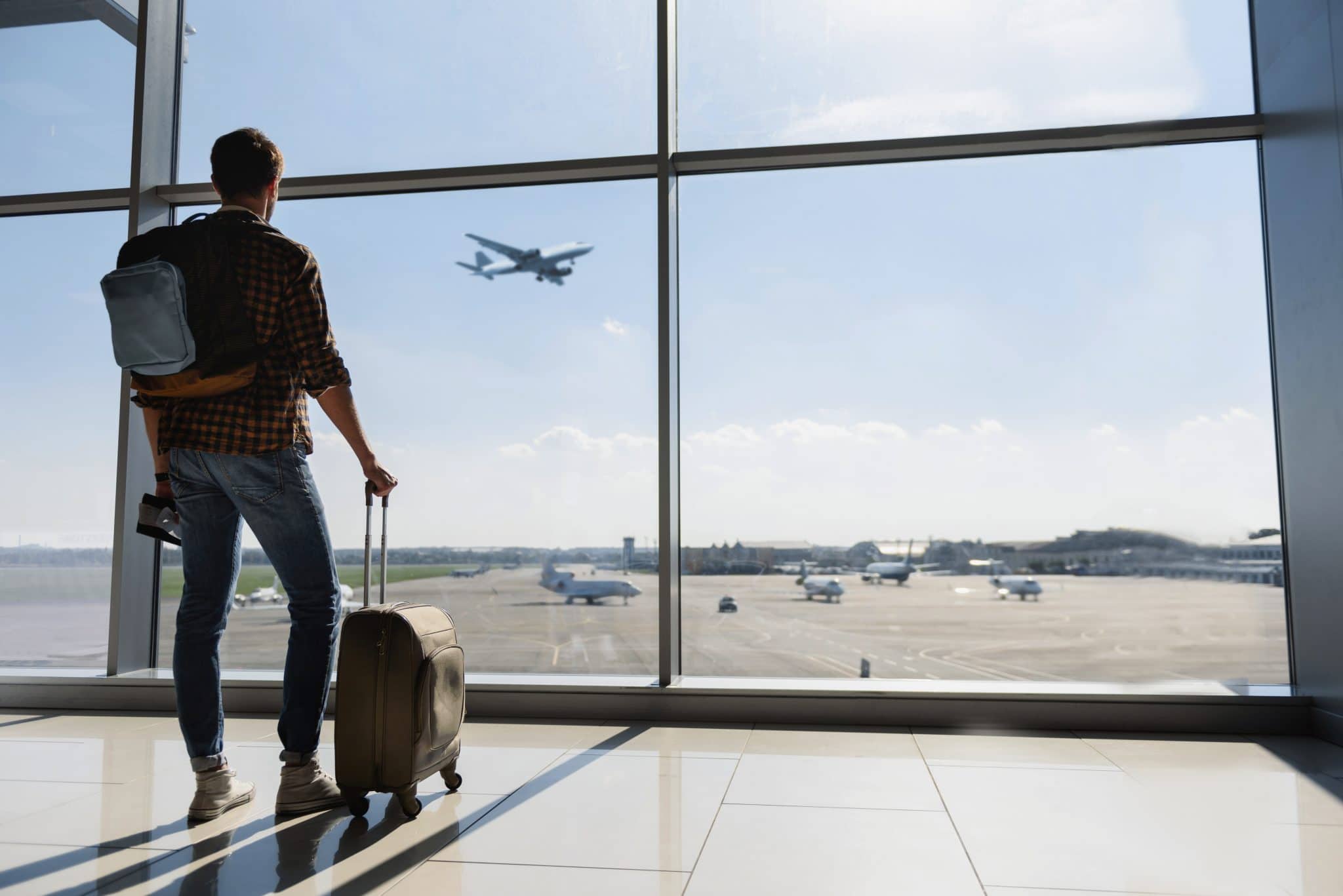 Airport
Airport
Air traffic and air pollution
Air traffic is constantly increasing. According to the ACI (Airports Council International), passenger traffic at European airports is increased by 8,5% in 2017. This year more than 1,1 million flights with 127 million passengers came from or were destined for France. This growth in air traffic, which is largely related to the developments of cheap flights, continues at a rapid pace today, although it is less hectic. It is not without consequences of the quality of the air at the airport location and the immediate surroundings of the airport buildings (hotels, office buildings…)

Particulate and molecular pollution at airports
Not only airplanes are responsible for air pollution at airports. The density of road traffic around these places and the buses and trucks on the ground to support the loading operations of passengers and goods also generate part of the nuisance. The main source of pollution is of a particulate nature: jet engines that run on kerosene and diesel engines both emit fine particles in their combustion emissions. Other gaseous pollutants can also affect air quality and health: hydrocarbons, acetaldehydes, nitrogen oxides (NO, NO2, NOx), but also ozone. Other sources of air decay are added in buildings: odors and smoke from the restaurant areas, aldehydes of various types.
Ensure the breathing comfort of millions of people
The major airports, which in fact exhibit a higher than average level of air pollution, are working on reducing air emissions, but also on indoor air quality. A dozen large airports in France that are controlled by the ACNUSA (airport nuisance management body) are obliged to introduce instruments for monitoring external light. For the interior, some of them involved in a sustainable development process have equipped themselves with ventilation and air conditioning systems that filter out harmful pollutants. Marseille-Provence airport, the third French airport (excluding Paris) in terms of traffic with more than eight million passengers welcomed each year, has chosen AFPRO Filters for the delivery of its air filters.
Air filters and regulation of the energy bill
The air handling units ventilate and work to remove fine particles that are invisible to the naked eye (PM1, PM2.5, PM10). They can be equipped with active carbon filters to eliminate molecular contamination. In Marseille, for example, the airport has 85 air handling units and nearly 400 fan coil units, to which numerous isolated air filters are added. These filter the air in terminals and more specific areas such as computer rooms, technical rooms and substations.Supplier of filters for this airport after a call for tenders, AFPRO Filters was convincing by its approach to guidance. The audit of the installed installation revealed the financial, energy and environmental effects of the choices of filters. The maintenance and reprocessing aspects of the waste were also included. The selected filtration solution combines energy efficiency and efficiency (filters with a larger filter surface and less often innovative), so that the total invoice is clearly reduced.






